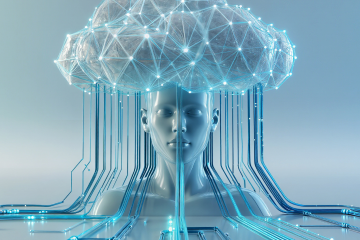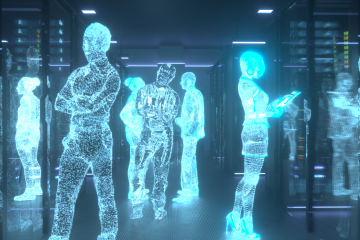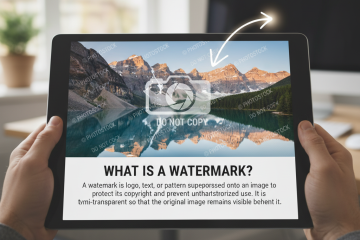
Northwestern University researchers have used an A.I. program to build a robot.
The Northwestern University professor spearheading this research tells us that movement is fundamental to intelligence. He points to things like trees, which we all know do not move, not being intelligent versus animals, which do move, being intelligent. (Although if he wants to maintain that all A.I. is intelligent, he would need to concede that even the A.I. that does not move is indeed intelligent.)
In mere seconds, the A.I. program spit out the design for this moving robot.
It’s a pretty simple robot, purple in color and the size of a desk toy. It’s a small little robot, but a robot nonetheless. And honestly it is a little primitive. All it does is pretty much move around like a little pig or something. Really, it kind of just seems to just inflate and deflate. But hey, that is indeed movement.
Simple as it may seem, it points to a profound aspect of current A.I. development, which is that A.I. will play a large hand in product development in the future.
Automating Design
What makes for a good product?
If anyone knew the truth, they would be richer than anyone in history, no doubt.
But it seems that most of us know what makes for a bad product: Poor design, bad functionality, dangerous, useless, etc.
Sometimes, products that we consider bad are in the category of goods that we consider, uh, good.
Consider a car–not every car is good, yet most people would like a car.
The entire automobile industry is a competitive (pun incoming) race to build the best-looking, best-driving car in its class (price range, type, and the like).
A.I. Steps into the Design Process
The first step is to make it not-bad, then from there see how features can be enhanced to make it, hopefully, seem like a good product in the eyes of the consumers.
What A.I. can do is work off the metrics you give it to offer designs for products that land it in the “good” category.
Just as A.I. gave the Northwestern researchers the design for the robot, A.I. will reach a level of sophistication where it can readily offer design suggestions for vehicles.
It is a step in the evolution of generative A.I. systems like ChatGPT and Midjourney, which offer us humans drafts of things like essays and photos to work off of.
Similarly, more complex work such as the design of an engine will be available from A.I. in the future.
How Businesses Ought to Use A.I. in Product Design
Of course, it would be irresponsible to just trust A.I. to design an engine without having some human oversight.
Having a human inspect the design is of course step one. But if the design is considered good, humans will need to continue to monitor the creation of the engine and its function to see whether anything is off with the blueprint.
For some business owners, this may seem too risky.
But for others, the use of human resources to product-test and oversee the safe and effective use of A.I. in product design seems like a fair price to pay.
Remember, A.I. can work harder and faster than any human being. That Northwestern robot was designed in mere seconds by A.I.
Creative Revising with A.I. in Product Design
Since we are likely all familiar with at least the concept of the automated writer ChatGPT, let’s use it as the central reference in this section.
You can give that chatbot an essay that you have already written and ask it to pretty it up. Everything from making the language simpler to removing semicolons to expanding the length can all be done.
This is something that computer programmers are already doing with generative A.I. What happens is that programmers, in the course of writing lines of codes, may make mistakes. The A.I. can go in there and “debug” the mistakes, saving programmers the trouble of having to debug the code themselves. This can end up saving hours of time.
In product design, this results in improving products that already exist.
Would Coca-Cola dare take its secret recipe and feed it to A.I. in the hopes of getting a mind-blowing upgrade?
It just might, if a soda start-up ends up creating a real tasty Coke-killer competitor drink.
A Virtual Abundance of Innovation
Something we want to touch on is the ability for A.I. to generate an abundance of product designs.
If you are looking for multiple possible designs for a product, A.I. can give you a diverse array of first drafts that can spell out the many avenues you can take.
In its own way, A.I. will become like another voice in the room, offering its creative powers to influence the direction of your product design. Hopefully for the better.





